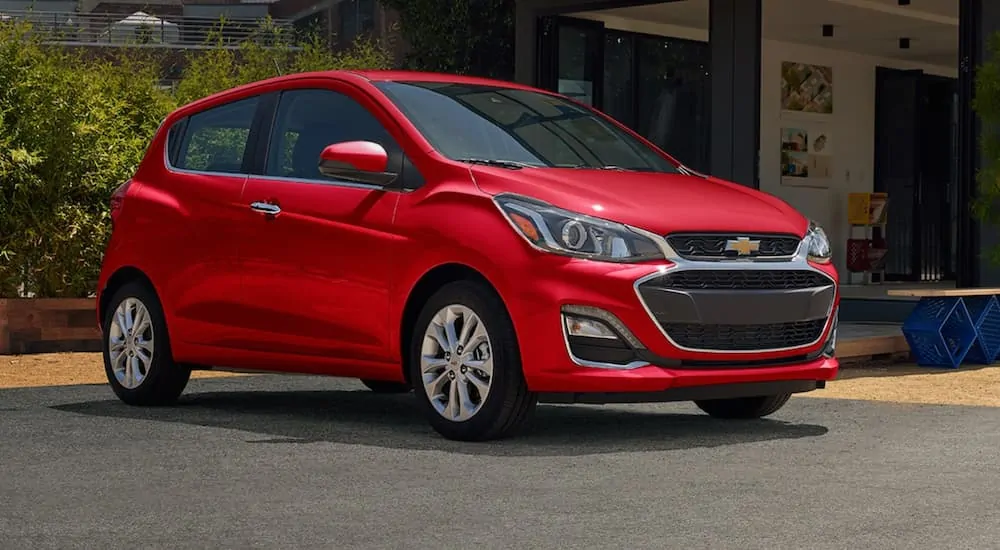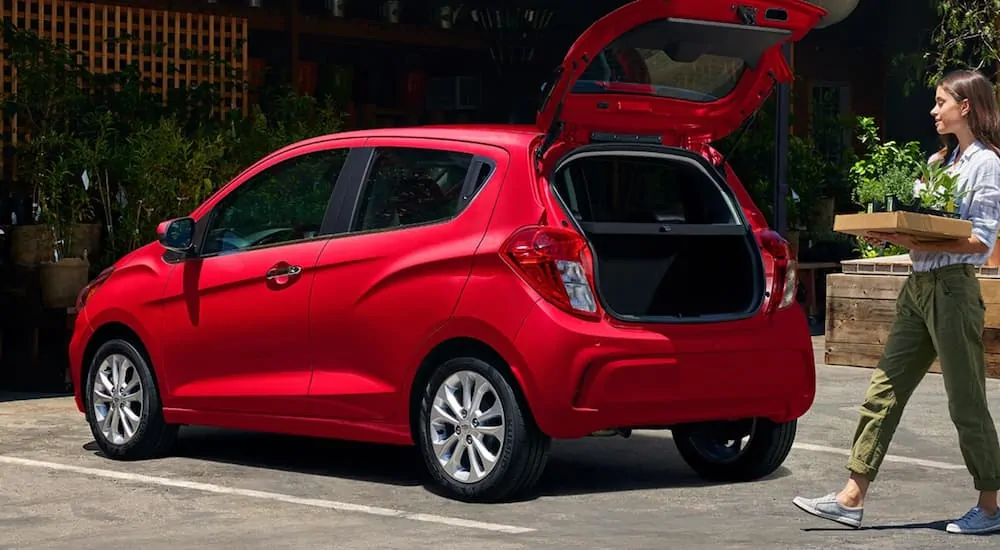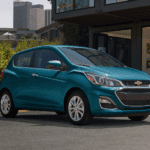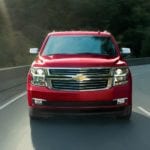Whether it’s stadiums of competitive video game fans cheering for the most dominating gamers in the world, the telecommunications companies they’re typically sponsored by, or the cutting-edge up and coming car manufacturers, South Korea is known for excellence. The subcompact 2020 Chevy Spark created by GM Korea has a quirky yet quality backstory behind its recent storm of success as the front runner in the quest for more and more efficient vehicles, particularly in big cities where pollution is an ever-present concern. More than being efficient on gas and production cost, the Spark aims to be a genius piece of engineering that optimizes these aspects without sacrificing anything else you’d want to get from your vehicle.
So far, it looks like it’s hit a bullseye.
Inception
The story of the Spark started when a city car design was rejected by Fiat. The Koreans took the exterior design, copy and pasted the 0.8-liter straight-three engine from their Tico model it would replace, upgraded from a carburetor to a multipoint injection fuel system, and named it the Matiz. It hit the streets in Korea in 1998 and became one of Daewoo Motors’ best-selling models internationally; in fact, in 2003, the Chinese manufacturer Chery copy and pasted the design exactly enough that doors could be interchanged between their model and the Matiz.
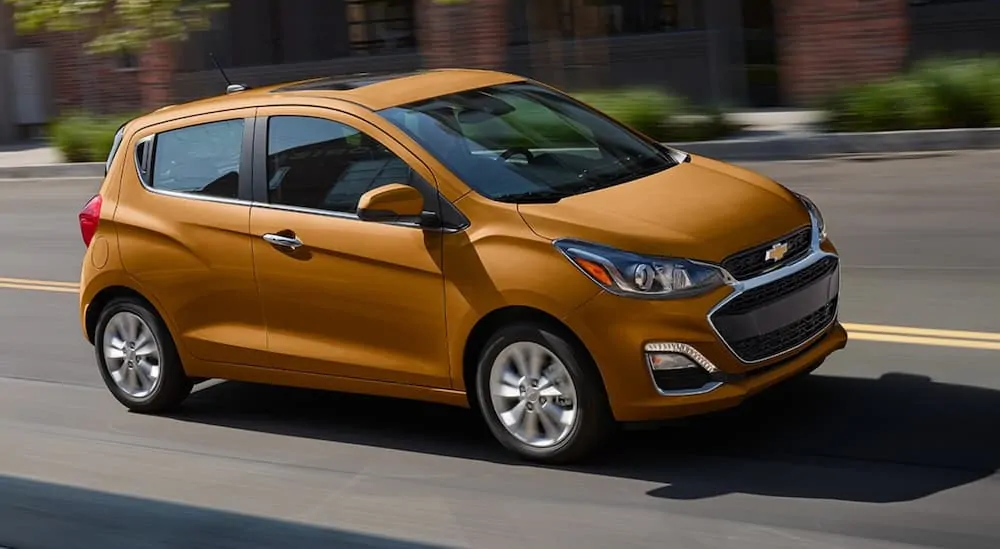
It took until 2005 for it to reach its next-generation by which point Daewoo was owned by GM (although they waited until 2011 to change the name), redesigning the exterior to be more fuel-efficient, moving the instrument panel to the center and spiffing up the inside, then updating the suspension. With the transition in ownership, it was now named the Chevy Matiz in some markets, while in others, it became the Chevy Spark. In 10 years of production, it sold over 2.3 million units, it’s cheapness making it an iconic and popular pick as a taxi, especially in second and third world countries.
Evolution
Then the third generation in 2009 kept the name and changed the design to be based on a three-door hatchback concept car called the Beat after polling consumers on different choices. It switched from the Suzuki platform to the GM global small vehicles platform, and it quickly reverted to its four and five-door forms. However, it was the three-door form that made it into the Transformers movie, and by the time it was produced, it was named the Spark.
In 2012 it finally hit the streets in North America and became the fastest-selling car the month it came out, sporting a 1.2-liter turbocharged engine mated to a Jatco M4M-CVT7 Continuously Variable Transmission, which lowered the drive ratio from 4.145 to 3.75. Two hundred lucky cars were specially modified for Domino’s Pizza for carrying up to 80 pizzas and a specially installed warmer oven instead of passengers. Despite the best efforts of Domino’s to see all such cars retired, a few have been salvaged from wrecks by collectors for which a Domino’s franchisee is trying to sue them.
What’s really interesting about the third generation Spark, however, is that in 2014, the Spark EV was the first car produced since the legendary EV-1 to be fully electric. The EV-1, far ahead of its time in the mid-late 90s, was only offered as a lease by GM. It was popular amongst owners, but when legislation peeled back the need for zero-emissions vehicles, GM recalled it and crushed the cars after litigating against the legislation requiring 0 emissions cars. It was controversial, to say the least. Regardless, these EV Sparks too had a short run, both on their 21.3 kWh Lithium iron phosphate battery pack and in production, being discontinued a year and a half into sales because with only an 82 mile range (although you could fast charge it to 80% of capacity in 20 minutes), this was a serious limitation. The 2015 model changed the battery pack, which changed the drive ration from 3.17 to 3.87, but it wasn’t enough to keep it from being phased out by the Chevy Bolt and its superior range.
Current Iteration
The fourth generation of Spark lost a little weight and got a stronger and hotter body, along with a 1.4-liter engine, wider wheelbase, and GMs myLink infotainment system. Of course, systems to guide your driving, such as lane departure, blind-spot monitoring, and forward collision alert features are included.
Now in its 2020 form, the four-cylinder naturally aspirated gas engine has 94 ft-lb of torque, but is as light as ever and has a two-stage CVT. With a simple and highly functional infotainment system, loads of safety features, excellent fuel economy, and a nicely balanced size for up to 4 passengers (or folding down back seats for storage), it fits great into anyone’s life. It’s a nice enough balance of the features that go into a city car that it accounts for 68% of new converts to GM, partly because it’s the most inexpensive 2020 model you can find, but also because it’s designed to last, remaining reliable and cost-efficient for years.
With full synthetic oil, it only needs changes once every 7,500 miles and spark plugs that only need to be changed once every 100,000 miles, a transmission that doesn’t require too much maintenance, and generally the longevity we’ve come to expect from Chevy engineering. Even the hard surfaces in the interior are nice looking but textured material that hold up better over time than flat painted surfaces.
What gets people, though, is that even though it’s hugely cost-efficient, it doesn’t sacrifice comfort or convenience for it. It has a sleek body that pops the vibrant colors it comes in, and stylish chrome on the front that brings the gold bowtie together with everything else. There’s enough technology to keep you comfortable in the broader driving sense as a whole with rearview cameras, Apple CarPlay and Android Auto, and a smoother, quieter driving experience than you’d expect- which is what sets it apart. It’s the cheapest car in its class, but it feels like the best.
Those things matter whether you’re trying to dart in and out of traffic or park in cramped spaces, which the Spark can do well due to its narrow wheelbase. If you want to take off on a long road trip, you’ll appreciate the comfort even longer, and if you carry passengers for a ridesharing service, it will matter even more. That’s what’s special about the Spark- it is uniquely comfortably good at everything while being engineered by Korean super-geniuses into being the most economical both among cars of its class right now, today, and over the long haul. It’s like the car every first-time car buyer set out wanting but couldn’t find, and what everyone who’s been through that process got used to not being able to find.
